– By Mrigu Sambyal
Heraclitus aptly said that nothing is permanent except change, one can relate to this dictum now more than ever. Change and evolution is the key principle that governs the dynamic existence of the world, more or less controlled by the social animal driven by economic and political motives. When the German geopolitician Karl Haushofer first coined the term “Indo-Pacific” in the 1920s, he was evidently well ahead of his time (inter-war period) to envision this region, spread across 20 of the world’s 33 megacities, becoming the coronary artery of the 21st century’s geo-political and economic discourse.


Introduction
Prima facie, there has been a significant shift of worldview towards Indo-Pacific from Euro-Atlantic dimensions in a world undergoing profound geo-political and economic transformation. As the Indo-Pacific is increasingly becoming a playground of future power struggle, one cannot deny the fact that India is a major stakeholder in this regard, given its strategic location in the Indian Ocean. This also suggests that European Union and member states’ partnership with India is sine qua non for one of the biggest trading partners in the Indo-Pacific region. However the tropical waters of the Indian Ocean and the Pacific seem to boil as this region has become the hotbed of geo-politics. The Indo-Pacific region is witnessing an upsurge in convergence and divergence of interests of various stakeholders resulting in various threats, increasing military activity, cross-heads in trade policies and competing perceptions of regional order.
In this zero-sum game, every stakeholder is left with three choices: either to safely equidistant themselves from this “power construct” and remain a passive player, or to accept and accordingly align their foreign policy in line with the emerging world order, or consciously maintain autonomy and take an independent approach. India’s largest trading European partner, Germany, has fairly adopted the second approach by charting Indo-Pacific Policy Guidelines in September 2020 and adopting European Union’s Indo-Pacific Strategy published in 2021. When the Ambassador of The Federal Republic of Germany to India, Walter J. Lindner said that “The Indo-Pacific, with India as its centrepiece, looms large in Germany’s and the European Union’s foreign policy” (January 21, 2022), he evidently hinted at the growing significance of India, now more than ever. Since 20% of German trade is conducted in the Indo-Pacific, this region is of exceptional importance to the German economy. Thus it is vital for India, the “maritime powerhouse”, and Germany, India’s largest trading partner in Europe, to be on the same page.
Significance of Indo-Pacific and Potential areas of Indo-German Partnership
Although there exists conceptual and definitive disagreements on the idea of “Indo-Pacific” construct, most of the actors however agree on common principles of rule-based order for the region and “Free and Open Indo-Pacific” (FOIP) model, which has always been quintessential to India’s and Germany’s foreign policy. To devise a comprehensive Indo-German partnership strategy, it is important to decode the potential of the stage of partnerships. With reference to the most inclusive mental map of the Indo-Pacific accepted by India and Japan, the region stretches from the Western shore of the Americas to the shores of the African continent and includes land masses surrounding it. Reflecting on the expanse of the region, it is home to major Sea Lines of Communication (SLOC), with prominent presence of strategic choke points from the Horn of Africa to the Malacca Strait which are crucial links in Europe-Asia trade. Indo-Pacific hosts 46% of the world’s merchandise trade and 62% of global GDP, thus its stability is essential for lucrative global economic activity. Even the slightest skirmishes in this region are sufficient enough to disrupt the global supply chain. India and Germany have been strong advocates for inclusive and open trade and have reiterated the importance of freedom of navigation. Recent visit of the German military naval vessel, Frigate Bayern F217, and the subsequent joint naval exercises show India’s and Germany’s commitment towards ensuring a secure Indo-Pacific region. Moreover, the German warship sailed via the South China Sea which symbolises that Germany is committed to uphold UNCLOS and rules-based international order. This, if not a befitting response, is atleast a gentle reminder to China that its disregard for international rules and customs, like the ruling of the Permanent Court of Arbitration rendering its nine dash line claims as invalid, holds no water in a globalised world moving towards multilateralism.
Reflecting on the notion of “Indo-Pacific is the return of history” as remarked by the Minister of External Affairs of India, S. Jaishankar, in 2021 during Indo-Pacific Business Summit, Germany has explicitly recognised the importance of freedom of choice in Indo-Pacific countries in order to legitimise emergence of multipolarity and rebalancing power dynamics as in pre cold war era. In order to strengthen multilateralism and power balance in the region, Germany has sought to enhance relations with various regional groupings like The Association of Southeast Asian Nations (ASEAN), Bay of Bengal Initiative for Multi-Sectoral Technical and Economic Coordination (BIMSTEC) and Indian Ocean Rim Association (IORA). In all these partnerships, the main catch remains that India is considered de facto leader of these groups which expands the scope as well as capacity of Indo-German corporations in areas of maritime governance and security, sustainable development, disaster management, climate policy and development projects.
This region is often referred to as a “biogeographic zone” pertaining to its rich marine ecosystem and abundance of natural resources. Since most of the littoral countries are either second or third world nations pursuing extensive developmental activities, exploitation of natural resources goes cheek by jowl. Indo-Pacific accounts for more than half of global carbon emissions ipso facto. Thus sustainable development is an absolute necessity. Sustainable energy production and consumption, environmental conservation and tackling climate change has always been topmost priority in Indo-German partnership models. Flagship projects like Germany supporting construction of a solar plant in Dhule region of Maharashtra is of great significance given its multiple benefits from generating 125 Megawatt of energy to saving 155,000 tons of annual CO2 emissions. This signifies the importance of Indo-German partnership to walk the talk committed in the recent COP26 summit in Glasgow and the Paris Agreement.
Moreover, culture, education and science remains the backdrop of the future developmental projects. India and Germany are closely working in devising innovative models based on science and technology in order to ensure scientific development of the Indo-Pacific region. Institutes like Indo-German Science and Technology Centre and the German Centres for Research and Innovation in New Delhi are not only pivotal for academic exchanges and technological flagship projects but also provide a balance in demographic and infrastructural challenges faced by Germany and India respectively. Germany, with an ageing population but state of the art technology, when put together with the young and skilled population of India is a match made in heaven.
Way Forward and Suggestions
It is important to note that in emerging security dynamics, the nature of conflicts are now changing. This has given birth to non-traditional threats in this region. Piracy is very prominent in the Indo-Pacific, especially in regions near Somalia, Gulf of Aden and Hormuz Strait that host major economic and trade activities. Threats like piracy and illegal marine trafficking can be checked by collaborative and integrated efforts of the nations. India being the maritime powerhouse and a strategic partner of Germany, should increase collective and conscious policing of the region.
One of the key principles issued in Germany’s Indo-Pacific strategy is to enforce “universal and indivisible human rights” in the Indo-Pacific. Apart from the golden culture of the Indian subcontinent, the region is also known for “golden crescent” and “golden triangle” zones, however the latter are darker than glittering. These zones engulf India and account for most of the illegal drug, arms and human trafficking in the world. Illegal trafficking continues to haunt human security in the Indian subcontinent. Given Germany’s recent victories in tackling human trafficking, both India and Germany can endeavour in curbing illicit trafficking that continues to threaten socio-economic prosperity of the region.
Another key highlight of Germany’s Indo-Pacific Policy Guidelines remains “sustainable palm oil development”. India’s recent announcement on expanding area under cultivation of oil palm has reignited the rubric of “environment versus development”. Thus sustainable cultivation of oil palm under India’s Special Program on Oil Palm Area Expansion (OPAE) using state of the art techniques to minimise environmental degradation is another potential area of Indo-German partnership.
In lieu of the trade wars in last decade followed by COVID-19 pandemic, the world is witnessing “deglobalisation” and inward looking economic policies. This has affected the idea of shared and mutual prosperity of all nations. With Germany holding G7 Presidency this year, and India assuming G20 Presidency, the two countries can step up cooperation in bringing synergies between these two groupings and bringing the world closer on shared interests in order to ensure status quo ante which is essential for peaceful coexistence.
India and Germany share a myriad of common objectives in the Indo-Pacific region especially when it comes to ensuring rules-based domain, climate change, sustainable development, blue economy, security and prosperity, free navigation activities, clean energies and technological aspirations. Thus the de facto leader of the European Union and de facto leader of South Asia should utilise this opportunity for joint and coordinated action in the realm of the new strategic reality of the 21st century and the geopolitical advantage it places India in.
References :
https://www.swp-berlin.org/publications/products/research_papers/2020RP09_IndoPacific.pdf
https://thediplomat.com/2019/07/what-is-the-indo-pacific/
https://www.orfonline.org/expert-speak/germany-takes-view-indo-pacific/
https://www.orfonline.org/research/partnership-for-a-rules-based-order-in-the-indo-pacific/
https://www.csis.org/events/enhancing-democratic-partnership-indo-pacific-region

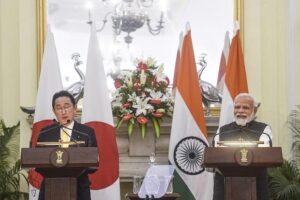


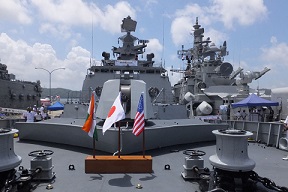
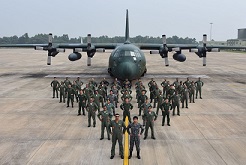

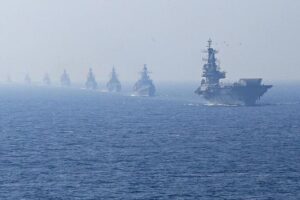

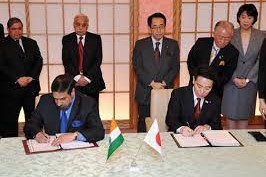

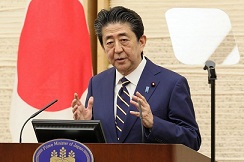
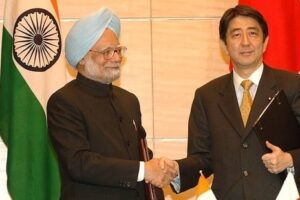
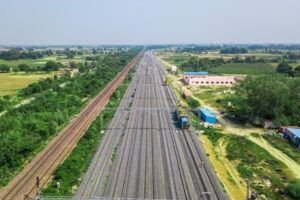
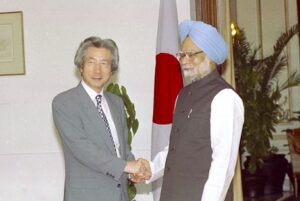
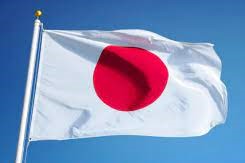
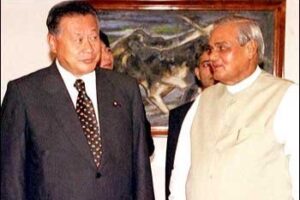
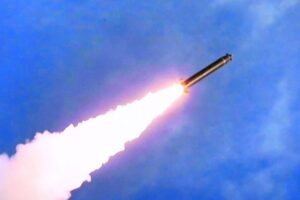




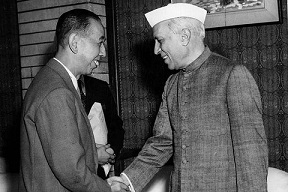
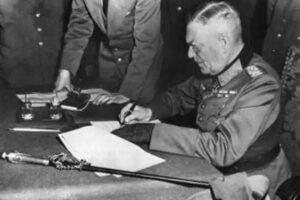


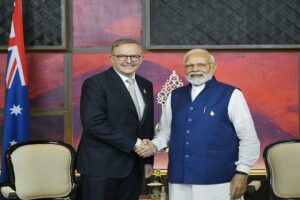

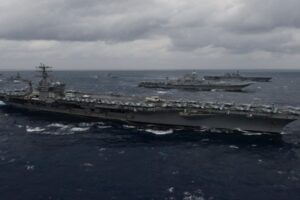

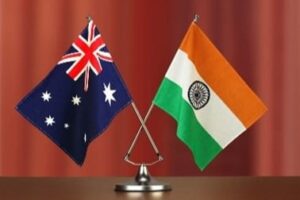
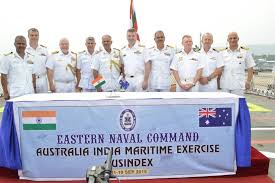

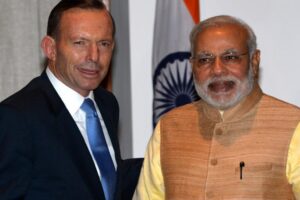
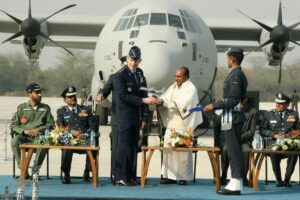



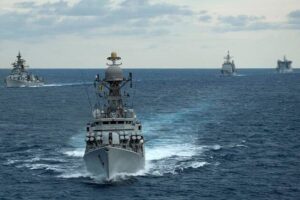
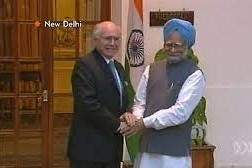
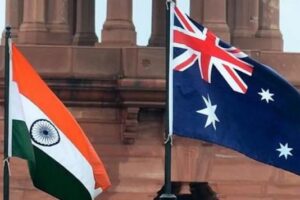


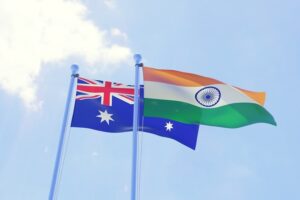

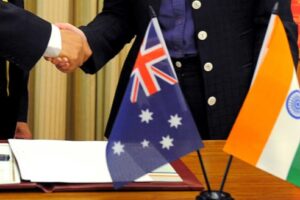

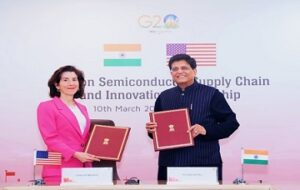
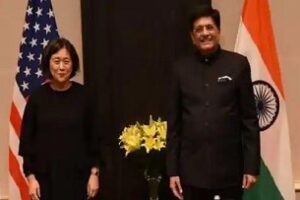
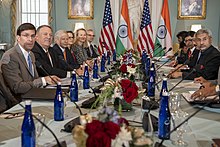
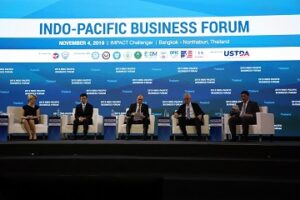
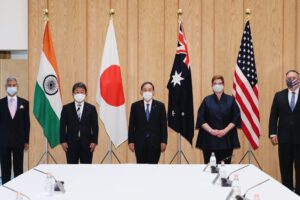

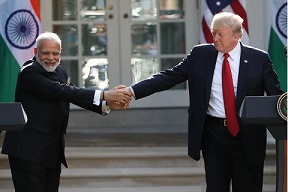
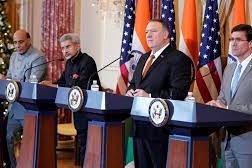

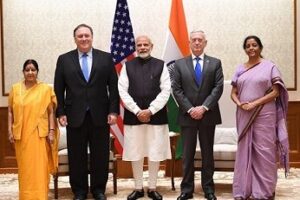
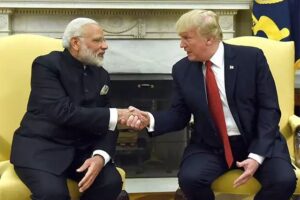
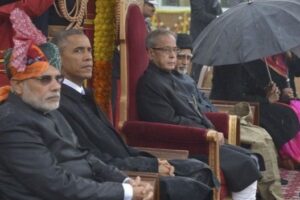

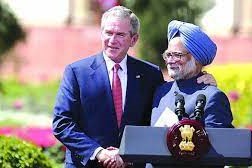
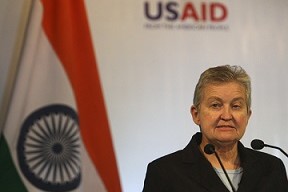
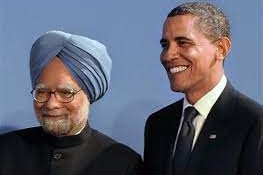
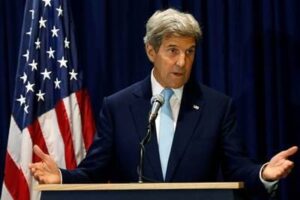

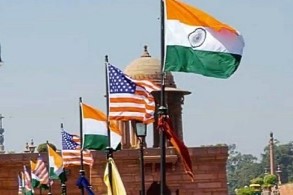
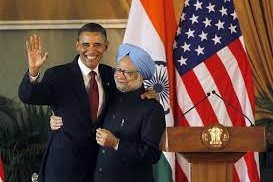
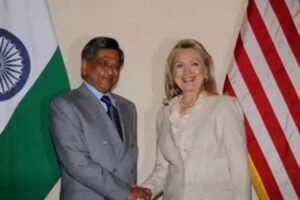
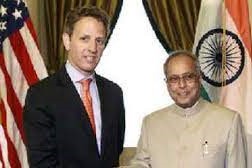
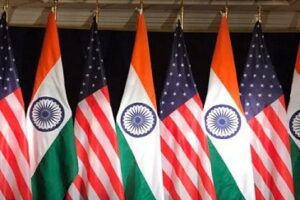
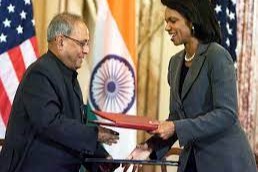

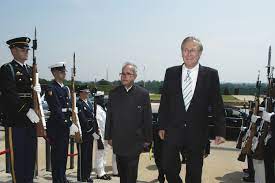

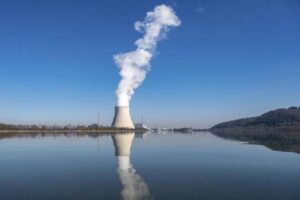
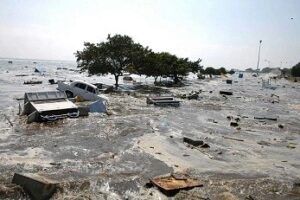

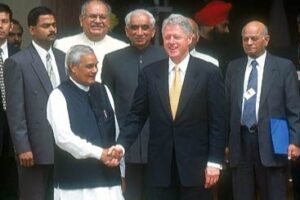
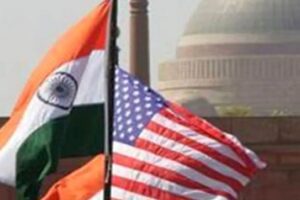
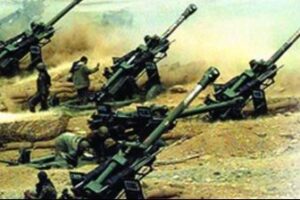
 onducted a total of five underground nuclear tests, breaking a 24-year self-imposed moratorium on nuclear testing. Pakistan followed, claiming 5 tests on May 28, 1998, and an additional test on May 30. The unannounced tests created a global storm of criticism, as well as a serious setback for decades of U.S. nuclear nonproliferation efforts in South Asia. On May 13, 1998, President Clinton imposed economic and military sanctions on India, mandated by Section 102 of the Arms Export Control Act (AECA), and applied the same sanctions to Pakistan on May 30. Some effects of the sanctions on India included: termination of $21 million in FY1998 economic development assistance; postponement of $1.7 billion in lending by the International Financial Institutions (IFI), as supported by the Group of Eight (G-8) leading industrial nations; prohibition on loans or credit from U.S. banks to the government of India; and termination of Foreign Military Sales under the Arms Export Control Act. Humanitarian assistance, food, or other agricultural commodities are excepted from sanctions under the law.
onducted a total of five underground nuclear tests, breaking a 24-year self-imposed moratorium on nuclear testing. Pakistan followed, claiming 5 tests on May 28, 1998, and an additional test on May 30. The unannounced tests created a global storm of criticism, as well as a serious setback for decades of U.S. nuclear nonproliferation efforts in South Asia. On May 13, 1998, President Clinton imposed economic and military sanctions on India, mandated by Section 102 of the Arms Export Control Act (AECA), and applied the same sanctions to Pakistan on May 30. Some effects of the sanctions on India included: termination of $21 million in FY1998 economic development assistance; postponement of $1.7 billion in lending by the International Financial Institutions (IFI), as supported by the Group of Eight (G-8) leading industrial nations; prohibition on loans or credit from U.S. banks to the government of India; and termination of Foreign Military Sales under the Arms Export Control Act. Humanitarian assistance, food, or other agricultural commodities are excepted from sanctions under the law. 
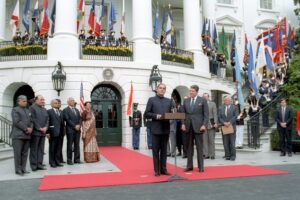



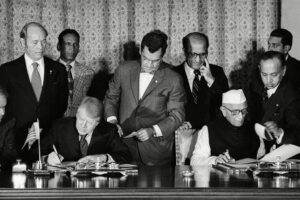
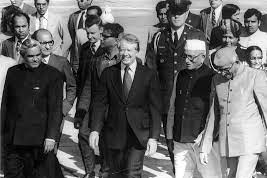

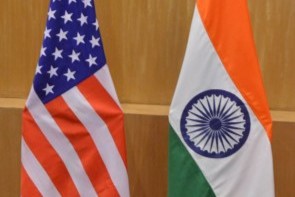

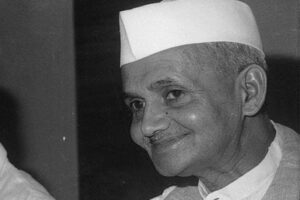

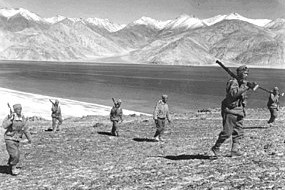

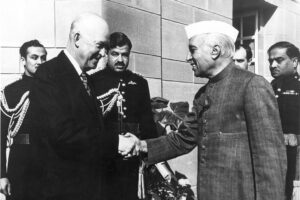

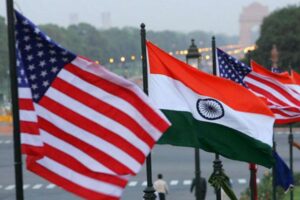
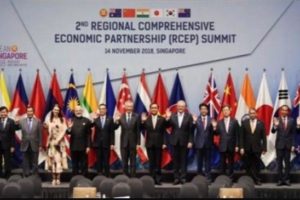 The first ministerial level meeting of QUAD was held on the sidelines of the United Nations General Assembly in New York. Before this, the QUAD had
The first ministerial level meeting of QUAD was held on the sidelines of the United Nations General Assembly in New York. Before this, the QUAD had AusIndEx is an exercise between India and Australia which was first held in 2015.The Australian
AusIndEx is an exercise between India and Australia which was first held in 2015.The Australian 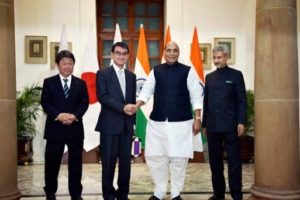



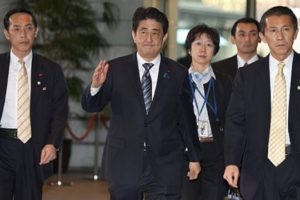
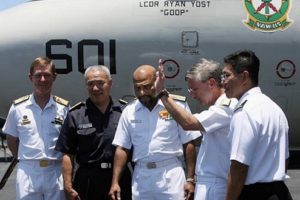
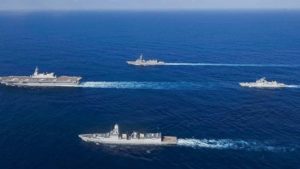

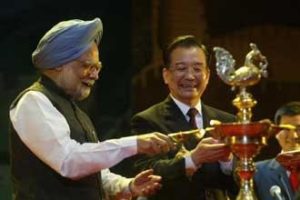 On recommendations of the Japanese government, the four countries met at Manila, Philippines for ASEAN Regional Forum (ARF) originally, but also ended up having a meeting of what we call the first meeting of four nation states on issues of
On recommendations of the Japanese government, the four countries met at Manila, Philippines for ASEAN Regional Forum (ARF) originally, but also ended up having a meeting of what we call the first meeting of four nation states on issues of 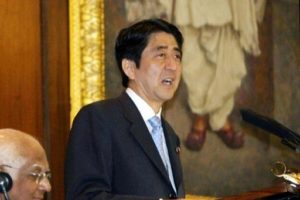 On his official visit to India, Japanese PM Mr. Shinzo Abe reinforced the ties of two nations, i.e., Japan and India with his famous speech about
On his official visit to India, Japanese PM Mr. Shinzo Abe reinforced the ties of two nations, i.e., Japan and India with his famous speech about  In 2007, Japanese President Shinzo Abe resigned from his post citing health reasons. This had a significant impact on QUAD as he was the architect & advocate of QUAD. His successor, Yasuo Fukuda, did not take up QUAD with such zeal leading to dormancy of the forum. (
In 2007, Japanese President Shinzo Abe resigned from his post citing health reasons. This had a significant impact on QUAD as he was the architect & advocate of QUAD. His successor, Yasuo Fukuda, did not take up QUAD with such zeal leading to dormancy of the forum. (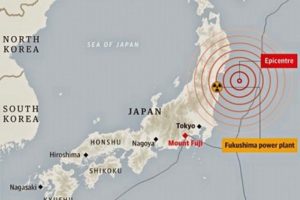 Japan earthquake and tsunami of 2011, also called Great Sendai Earthquake or Great Tōhoku Earthquake, was a 9.0 magnitude earthquake which struck below the floor of the Western Pacific at 2:49 PM. The powerful earthquake affected the northeastern coast of Honshu, Japan’s main island, and also initiated a series of large tsunami waves that devastated coastal areas of Japan, which also led to a major nuclear accident. Japan received aid from India, US, Australia as well as other countries. US Navy aircraft carrier was dispatched to the area and Australia sent search-and-rescue teams.
Japan earthquake and tsunami of 2011, also called Great Sendai Earthquake or Great Tōhoku Earthquake, was a 9.0 magnitude earthquake which struck below the floor of the Western Pacific at 2:49 PM. The powerful earthquake affected the northeastern coast of Honshu, Japan’s main island, and also initiated a series of large tsunami waves that devastated coastal areas of Japan, which also led to a major nuclear accident. Japan received aid from India, US, Australia as well as other countries. US Navy aircraft carrier was dispatched to the area and Australia sent search-and-rescue teams. 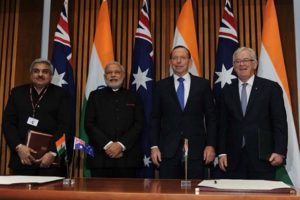 India and Australia signed the
India and Australia signed the  The India-Japan Agreement for Cooperation in the Peaceful Uses of Nuclear Energy was signed on 11 November, 2016 and came into force on 20 July, 2017 which was representative of strengthening ties between India and Japan. Diplomatic notes were exchanged between Dr. S. Jaishankar and H.E. Mr. Kenji Hiramatsu, Ambassador of Japan to India. (
The India-Japan Agreement for Cooperation in the Peaceful Uses of Nuclear Energy was signed on 11 November, 2016 and came into force on 20 July, 2017 which was representative of strengthening ties between India and Japan. Diplomatic notes were exchanged between Dr. S. Jaishankar and H.E. Mr. Kenji Hiramatsu, Ambassador of Japan to India. (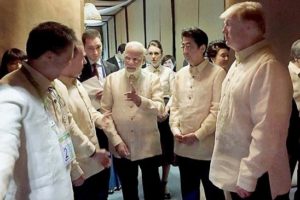 The foreign ministry
The foreign ministry The Officials of QUAD member countries met in Singapore on November 15, 2018 for consultation on regional & global issues of common interest. The main discussion revolved around connectivity, sustainable development, counter-terrorism, maritime and cyber security, with the view to promote peace, stability and prosperity in the
The Officials of QUAD member countries met in Singapore on November 15, 2018 for consultation on regional & global issues of common interest. The main discussion revolved around connectivity, sustainable development, counter-terrorism, maritime and cyber security, with the view to promote peace, stability and prosperity in the 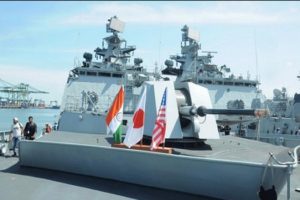 The 23rd edition of trilateral Malabar maritime exercise between India, US and Japan took place on 26 September- 04 October, 2019 off the coast of Japan.
The 23rd edition of trilateral Malabar maritime exercise between India, US and Japan took place on 26 September- 04 October, 2019 off the coast of Japan.  After the first ministerial level meeting of QUAD in September, 2019, the senior officials of US, Japan, India and Australia again met for consultations in Bangkok on the margins of the East Asia Summit. Statements were issued separately by the four countries. Indian Ministry of External Affairs said “In statements issued separately by the four countries, MEA said, “proceeding from the strategic guidance of their Ministers, who met in New York City on the sidelines of the UN General Assembly recently, the officials exchanged views on ongoing and additional practical cooperation in the areas of connectivity and infrastructure development, and security matters, including counterterrorism, cyber and maritime security, with a view to promoting peace, security, stability, prosperity in the Indo-Pacific region.”
After the first ministerial level meeting of QUAD in September, 2019, the senior officials of US, Japan, India and Australia again met for consultations in Bangkok on the margins of the East Asia Summit. Statements were issued separately by the four countries. Indian Ministry of External Affairs said “In statements issued separately by the four countries, MEA said, “proceeding from the strategic guidance of their Ministers, who met in New York City on the sidelines of the UN General Assembly recently, the officials exchanged views on ongoing and additional practical cooperation in the areas of connectivity and infrastructure development, and security matters, including counterterrorism, cyber and maritime security, with a view to promoting peace, security, stability, prosperity in the Indo-Pacific region.” US 2+2 Ministerial Dialogue was held on 18 December, 2019, in Washington DC. Secretary of State Michael R. Pompeo and Secretary of Defense Mark T. Esper will host Indian Minister of External Affairs Dr. S. Jaishankar and Minister of Defense Shri Rajnath Singh. The discussion focussed on deepening bilateral strategic and defense cooperation, exchanging perspectives on global developments, and our shared leadership in the Indo-Pacific region.The two democracies signed the Industrial Security Annex before the 2+2 Dialogue. Assessments of the situation in Afghanistan, Pakistan, Nepal, Sri Lanka, and the Indian Ocean region in general were shared between both countries. (
US 2+2 Ministerial Dialogue was held on 18 December, 2019, in Washington DC. Secretary of State Michael R. Pompeo and Secretary of Defense Mark T. Esper will host Indian Minister of External Affairs Dr. S. Jaishankar and Minister of Defense Shri Rajnath Singh. The discussion focussed on deepening bilateral strategic and defense cooperation, exchanging perspectives on global developments, and our shared leadership in the Indo-Pacific region.The two democracies signed the Industrial Security Annex before the 2+2 Dialogue. Assessments of the situation in Afghanistan, Pakistan, Nepal, Sri Lanka, and the Indian Ocean region in general were shared between both countries. (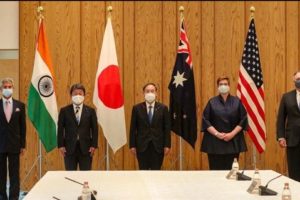 The foreign ministers of QUAD continued their discussions from the last ministerial level meeting in 2019, on 6 October, 2020. While there was no joint statement released, all countries issued individual readouts. As per the issue readout by India, the discussion called for a coordinated response to the challenges including financial problems emanating from the pandemic, best practices to combat Covid-19, increasing the resilience of supply chains, and enhancing access to affordable vaccines, medicines and medical equipment. There was also a focus on maintaining stability in the Indo-Pacific region amidst growing tensions. Australian media release mentions “We emphasised that, especially during a pandemic, it was vital that states work to ease tensions and avoid exacerbating long-standing disputes, work to counter disinformation, and refrain from malicious cyberspace activity. Ministers reiterated that states cannot assert maritime claims that are inconsistent with international law, particularly the United Nations Convention on the Law of the Sea (UNCLOS).”
The foreign ministers of QUAD continued their discussions from the last ministerial level meeting in 2019, on 6 October, 2020. While there was no joint statement released, all countries issued individual readouts. As per the issue readout by India, the discussion called for a coordinated response to the challenges including financial problems emanating from the pandemic, best practices to combat Covid-19, increasing the resilience of supply chains, and enhancing access to affordable vaccines, medicines and medical equipment. There was also a focus on maintaining stability in the Indo-Pacific region amidst growing tensions. Australian media release mentions “We emphasised that, especially during a pandemic, it was vital that states work to ease tensions and avoid exacerbating long-standing disputes, work to counter disinformation, and refrain from malicious cyberspace activity. Ministers reiterated that states cannot assert maritime claims that are inconsistent with international law, particularly the United Nations Convention on the Law of the Sea (UNCLOS).”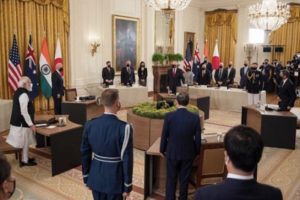 On September 24, President Biden hosted Prime Minister Scott Morrison of Australia, Prime Minister Narendra Modi of India, and Prime Minister Yoshihide Suga of Japan at the White House for the first-ever in-person Leaders’ Summit of the QUAD. The leaders released a Joint Statement which summarised their dialogue and future course of action. The regional security of the Indo-Pacific and strong confidence in the ASEAN remained on the focus along with response to the Pandemic.
On September 24, President Biden hosted Prime Minister Scott Morrison of Australia, Prime Minister Narendra Modi of India, and Prime Minister Yoshihide Suga of Japan at the White House for the first-ever in-person Leaders’ Summit of the QUAD. The leaders released a Joint Statement which summarised their dialogue and future course of action. The regional security of the Indo-Pacific and strong confidence in the ASEAN remained on the focus along with response to the Pandemic. 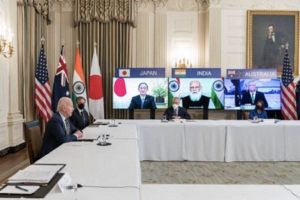 The QUAD Vaccine Partnership was announced at the first QUAD Summit on 12 March 2021 where QUAD countries agreed to deliver 1.2 billion vaccine doses globally. The aim was to expand and finance vaccine manufacturing and equipping the Indo-Pacific to build resilience against Covid-19. The launch of a senior-level QUAD Vaccine Experts Group, comprised of top scientists and officials from all QUAD member governments was also spearheaded.
The QUAD Vaccine Partnership was announced at the first QUAD Summit on 12 March 2021 where QUAD countries agreed to deliver 1.2 billion vaccine doses globally. The aim was to expand and finance vaccine manufacturing and equipping the Indo-Pacific to build resilience against Covid-19. The launch of a senior-level QUAD Vaccine Experts Group, comprised of top scientists and officials from all QUAD member governments was also spearheaded.  Although the Tsunami Core group had to be disbanded on fulfilment of its purpose, however the quadrilateral template that formed remained intact as a successful scaffolding of four countries, as stated by authors Patrick Gerard Buchan and Benjamin Rimland in their diplomatic brief about QUAD ( you can access the brief at
Although the Tsunami Core group had to be disbanded on fulfilment of its purpose, however the quadrilateral template that formed remained intact as a successful scaffolding of four countries, as stated by authors Patrick Gerard Buchan and Benjamin Rimland in their diplomatic brief about QUAD ( you can access the brief at 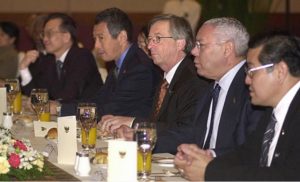 Secretary of State Colin Powell stated that the Core Tsunami Group was to be disbanded and folded and clubbed with the broader United Nations led Relief Operations. In a Tsunami Relief Conference in Jakarta, Secretary Powell stated that
Secretary of State Colin Powell stated that the Core Tsunami Group was to be disbanded and folded and clubbed with the broader United Nations led Relief Operations. In a Tsunami Relief Conference in Jakarta, Secretary Powell stated that 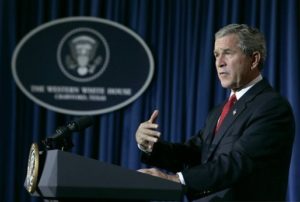 Soon after the Earthquake and Tsunami crisis, humanitarian reliefs by countries, viz., US, India, Japan, and Australia started to help the 13 havoc-stricken countries. The US initially promised $ 35 Millions in aid. However, on 29
Soon after the Earthquake and Tsunami crisis, humanitarian reliefs by countries, viz., US, India, Japan, and Australia started to help the 13 havoc-stricken countries. The US initially promised $ 35 Millions in aid. However, on 29 At 7:59AM local time, an earthquake of 9.1 magnitude (undersea) hit the coast of Sumatra, an Indonesian island. As a result of the same, massive waves of Tsunami triggered by the earthquake wreaked havoc for 7 hours across the Indian Ocean and to the coastal areas as far away as East Africa. The infamous Tsunami killed around 225,000 people, with people reporting the height of waves to be as high as 9 metres, i.e., 30 feet. Indonesia, Srilanka, India, Maldives, Thailand sustained horrendously massive damage, with the death toll exceeding 200,000 in Northern Sumatra’s Ache province alone. A great many people, i.e., around tens of thousands were found dead or missing in Srilanka and India, mostly from Andaman and Nicobar Islands of Indian territory. Maldives, being a low-lying country, also reported casualties in hundreds and more, with several non-Asian tourists reported dead or missing who were vacationing. Lack of food, water, medicines burgeoned the numbers of casualties, with the relief workers finding it difficult to reach the remotest areas where roads were destroyed or civil war raged. Long-term environmental damage ensued too, as both natural and man-made resources got demolished and diminished.
At 7:59AM local time, an earthquake of 9.1 magnitude (undersea) hit the coast of Sumatra, an Indonesian island. As a result of the same, massive waves of Tsunami triggered by the earthquake wreaked havoc for 7 hours across the Indian Ocean and to the coastal areas as far away as East Africa. The infamous Tsunami killed around 225,000 people, with people reporting the height of waves to be as high as 9 metres, i.e., 30 feet. Indonesia, Srilanka, India, Maldives, Thailand sustained horrendously massive damage, with the death toll exceeding 200,000 in Northern Sumatra’s Ache province alone. A great many people, i.e., around tens of thousands were found dead or missing in Srilanka and India, mostly from Andaman and Nicobar Islands of Indian territory. Maldives, being a low-lying country, also reported casualties in hundreds and more, with several non-Asian tourists reported dead or missing who were vacationing. Lack of food, water, medicines burgeoned the numbers of casualties, with the relief workers finding it difficult to reach the remotest areas where roads were destroyed or civil war raged. Long-term environmental damage ensued too, as both natural and man-made resources got demolished and diminished.
No responses yet